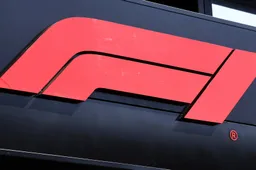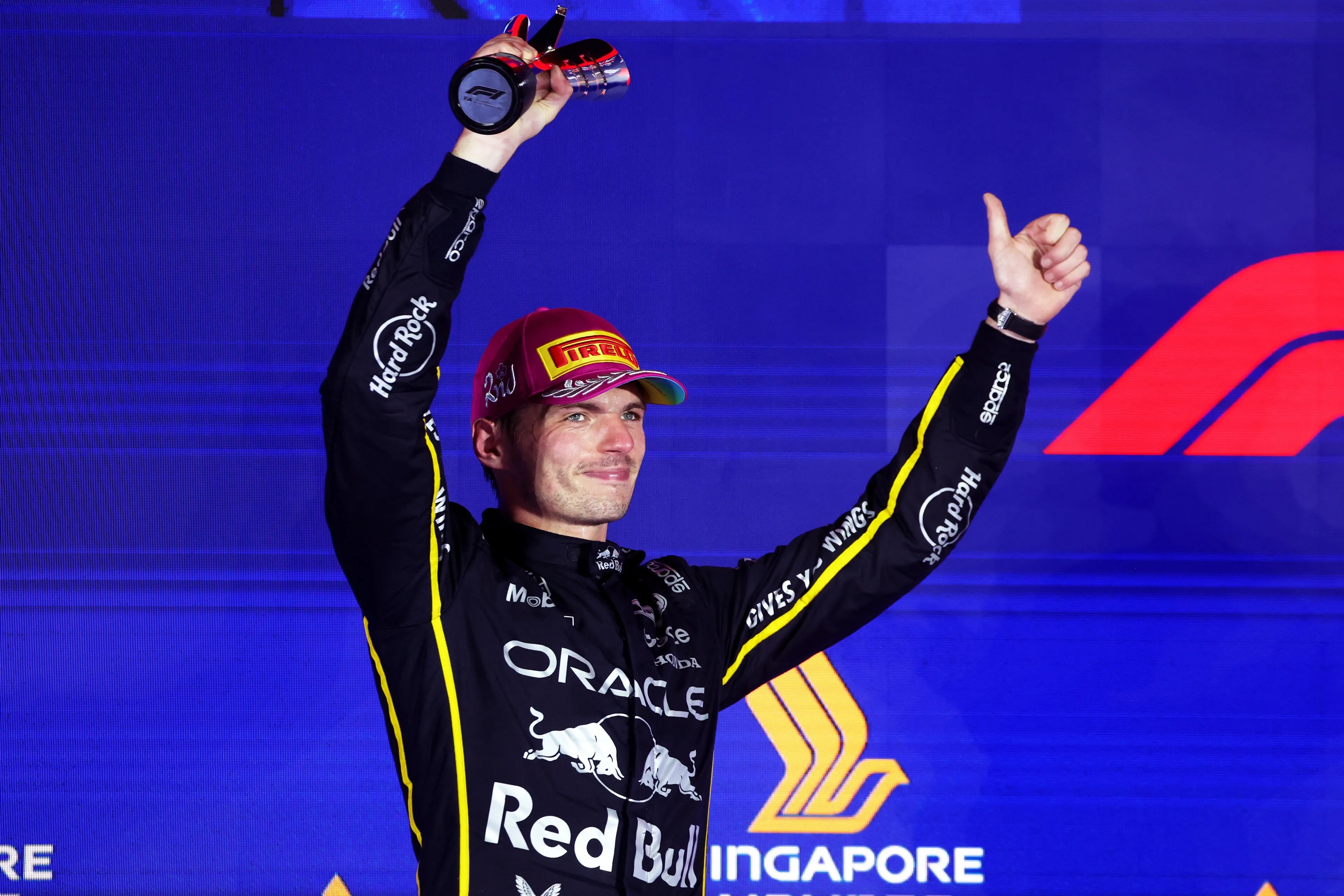These are the requirements for the super licence to compete in Formula One
22:00, 16 Dec 2024
2 Comments
What is the super licence? It is a key topic of how drivers are eligible for Formula 1 selection, and there has been some controversy surrounding it. IndyCar driver Coltan Herta was denied a super licence from the FIA, but now, with the emergence of Cadillac for 2026, there may be other drivers searching for a way into the premier class of motorsport. Many agree with the measure that is currently adopted by the FIA, while others no longer see so much use in it. But how do you obtain it? GPblog explain below.
Any driver who wants a place in Formula One will not only need to be fast or have a sponsor to help them with a lot of money, but will also need to prove to the FIA that they do have the basic requirements needed. And how do drivers do that? By presenting their super licence. But what is a super licence? It is the highest licence available and is granted by the FIA.
The Federation created the super licence system in 2015, shortly after Max Verstappen's arrival in motorsport's top category. The FIA's main aim was to avoid two situations: first, to prevent too many young drivers from arriving too early in F1; and second, to prevent "paying drivers" from getting a spot.
Requirements for the super licence
Therefore, in order to obtain a super licence, drivers need to meet certain requirements, which are:
. Be at least 18 years of age when entering their first Formula One race;
. Already hold a Grade A International competition licence;
. Have a valid driving licence;
. Pass an FIA theory test on the F1 sporting codes and regulations;
. Have completed at least 80% of two full seasons in a single-seater championship;
. To have collected at least 40 points in three years in one of the categories recognised by the FIA;
. Completed 300km in a representative F1 car in a maximum of two days, either as part of an official F1 session or in a test approved by a national motorsport federation.
How are points distributed?
To achieve these requirements, such as 40 points over three years or 80% of two full seasons, there are many ways in which drivers can earn points. The scoring system developed by the FIA takes into account the driver's final position in the championship, as well as in which category they have competed. Formula 2 is the category that awards the most points to drivers who aim to reach Formula 1. Below is a chart published on our Instagram profile showing how points are distributed in each category.
Why is a super licence necessary?
The purpose of the super licence is to prevent drivers who do not have sufficient skills from participating in the category, which could undermine the safety that is so prized in Formula 1. However, this does not mean that accidents will not happen. Therefore, drivers can accumulate penalty points if they cause accidents or drive in a dangerous manner, for example. Each penalty point lasts for 12 months. Should a driver accumulate more than 12 penalty points within a 12-month period, they will be banned for one race, while those who receive 5 or more warnings within a season will be punished with 10 grid positions.
Which F2 drivers have a super licence?
Speaking of the drivers of the main access category to Formula One, which of them have the number of points and all the necessary requirements to occupy a seat in the main category, should they find one available? Remember that the top three drivers in F2 accumulate 40 points in their respective super licenses at the end of the season, which allows them to move up to the next category. Among them is the reigning champion Gabriel Bortoleto, who will make the most of his licence as he will race for Sauber in 2025. Red Bull junior driver Isack Hadjar and Estonian Paul Aron, who finished second and third respectively this season, will also have enough points, with Aron signing with Alpine with a reserve driver role.
However, this season, one of the rules was modified by the FIA, which was the so-called 'Verstappen rule', changing the fact that no one under the age of 18 could obtain it. his change allowed Andrea Kimi Antonelli to apply and be accepted for his licence while already having enough points, meaning the young Italian was given a super licence before he was 18 years old, allowing Mercedes to replace Lewis Hamilton.
Has any driver ever managed to enter F1 without a super licence?
To date, no driver has been granted an exception to allow them to race in F1 without having a super licence. Recently, Red Bull pushed hard with the FIA to allow IndyCar driver Colton Herta to race for AlphaTauri in 2023, but with only 32 points earned on his super licence, the Federation rejected the request.
Read more about:
Popular on GPBlog

1
Norris snubbed by King Charles as F1 champions' tradition broken
10026 times read

2
Verstappen crowned by fellow drivers despite missing out on title
2279 times read

3
Ferrari lobbies and complains, but FIA refuses to budge after Red Bull's trick
1996 times read

4
F1 driver hit twice by Safety Car, was 'denied treatmeant unless he paid'
1226 times read
Loading













